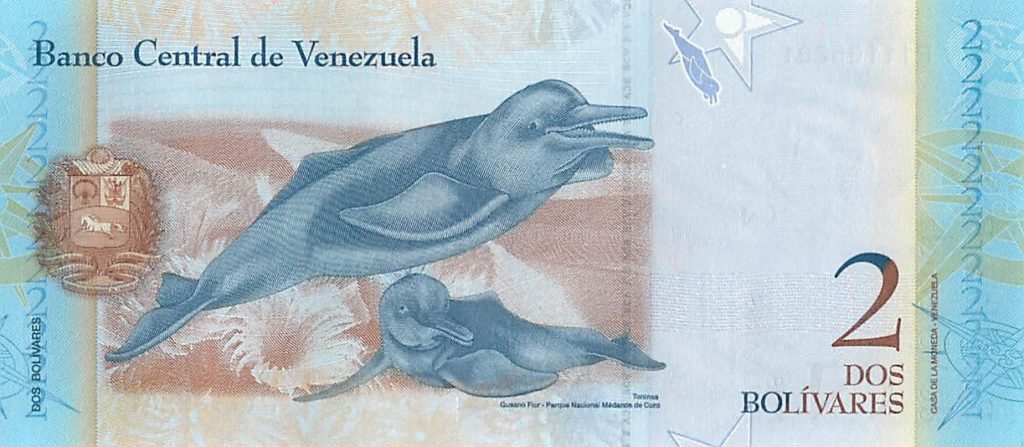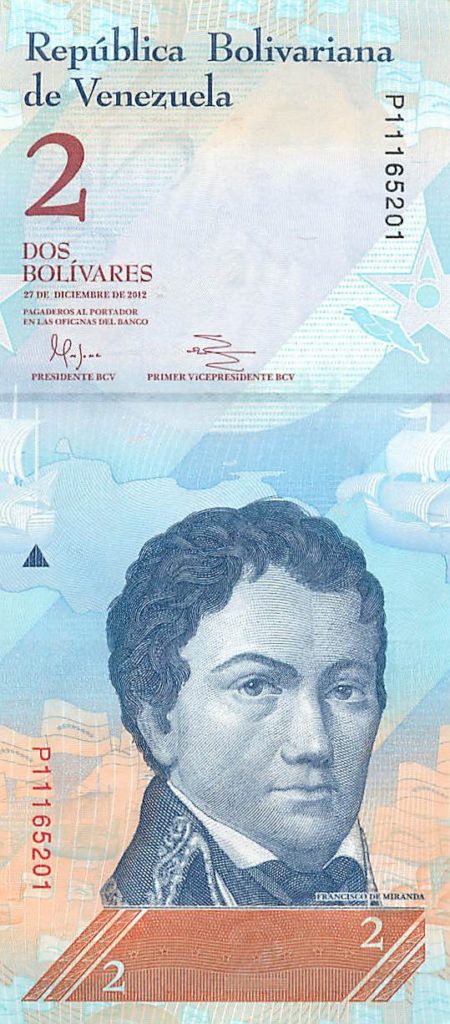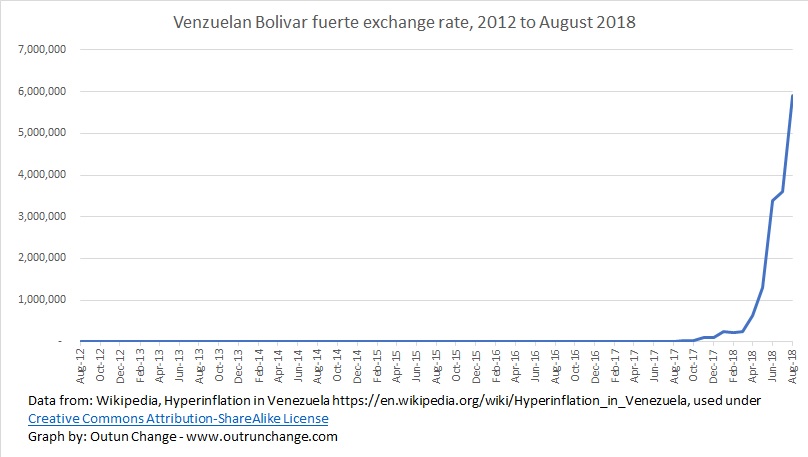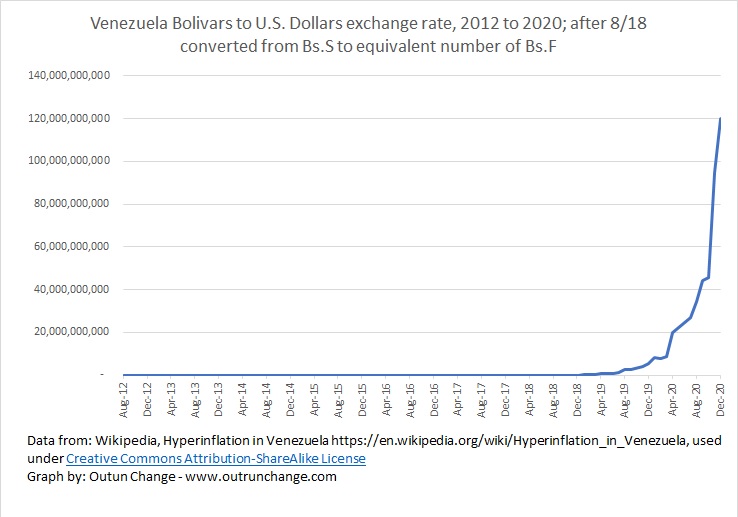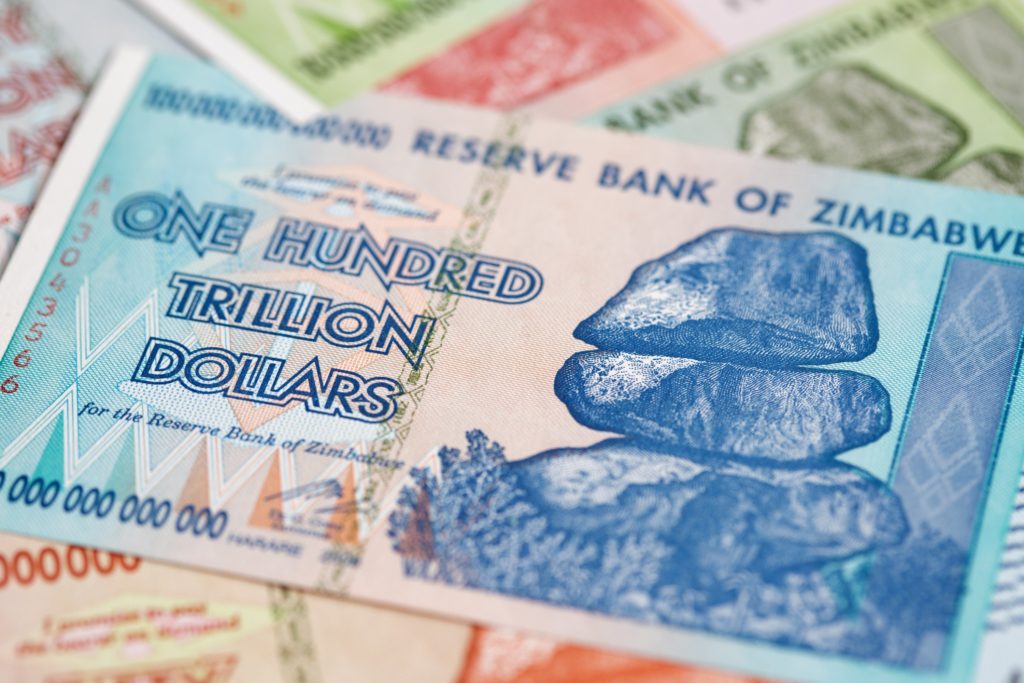
Shipwreck standing on the beach with the sea in the background. Margarita Island. Venezuela. Photo courtesy of DollarPhotoClub.com
Devastation in the oil industry and food supply chain in Venezuela is due to intentional government policies.
One article sees how the government caused the damage to the oil industry while another article sees the devastation in the food supply but cannot see any direct cause.
(Cross-post from my other blog, Outrun Change.)
5/7/17 – Forbes – How Venezuela Ruined Its Oil Industry – Here is a primer on how to destroy your oil industry when you have the world’s largest proven reserves of oil and are in the top 10 of world oil producers.
If you want to destroy your country, the article provides a how-to-guide, using Venezuela as the road map.
The high point of oil production in Venezuela was 3.5M bopd back in 1998, which not by coincidence was the year Hugo Chavez became president. Production then began to slip. How could that be?
After civil unrest in 2002 and 2003, Chavez fired much of the staff of the national oil company, letting go 19,000 experienced staff.
Let me translate that: 19,000 staff who knew how to produce extra-heavy oil were fired and replaced by people whose primary job skill was loyalty to the president.
Extra heavy oil takes specialized knowledge and is very expensive to produce on top of oil production already being capital-intensive.
To generate more revenue, Venezuela invited five of the oil majors to develop more oil production. The form of investment was a partnership. The five majors invested many billions of dollars in oil production.
(more…)

